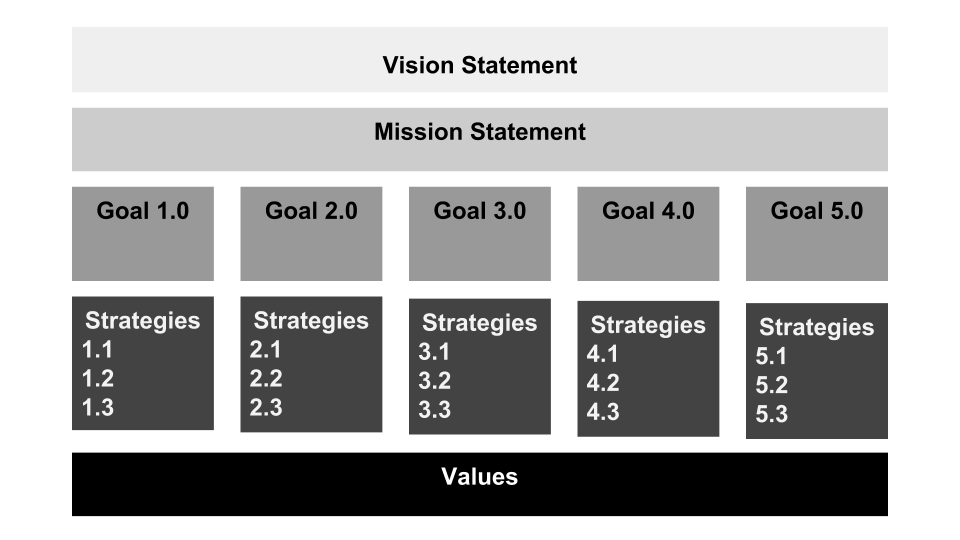10 Tips for Running Online Meetings with People in Other Countries
We meet with international teams all the time — our own company spans three timezones and two countries, and we work with clients around the world.
When you host international conference calls with people living in different countries, you run into special challenges. Here are 10 tips to help you plan and run international meetings successfully.
1. Use an Online Meeting Scheduler
If you live in one country but have participants from others, it gets very messy trying to figure out all the holidays, weekends, timezone “work day” overlaps, and so on.
Your best bet is to use an international meeting scheduler that allows participants to mark which meeting times work for them. Lucid Meetings includes the option to ask participants to select good times from a list; that’s useful even if your team doesn’t span countries.
If your meeting software doesn’t support this kind of “ask the participants” function, try the World Clock Meeting Planner. It requires you to plug in the locations of all your participants, but gives you a reasonable idea of what might be a feasible time (or set of times) for your meeting.
2. Share the Inconvenience

I occasionally meet with a team including participants in these locations: the west coast of the United States, Israel, and Taiwan.
If you plug these locations into a timezone calculator, you’ll see that there is no “good” time to meet. Inevitably, somebody on the team is up very early or very late to attend the meeting.
When you encounter this situation, rotate the meeting times so that each participant gets a “good” time slot once in a while.
In other words, if you’re on the U.S. west coast, go ahead and schedule a meeting for 10pm Pacific Standard Time, so that the other participants will be in their offices during normal work hours. Then rotate it next time so you won’t be in your pajamas.
3. Use Calendar Invitation File Attachments

Humans are very bad at doing timezone math. I am living proof of this, having recently messed up one of the aforementioned US/Israel/Taiwan meeting times (I was an hour early, fortunately).
The way to fix this is to use calendar invitation files (sometimes called .ICS files or “Outlook invites”) when scheduling your meeting.
These files take the guesswork out of calendaring, and each participant’s calendar application handles translation into the local timezone. Usually these are sent via email, and participants click to add them to their calendars.
Most online meeting software includes this feature when you send email invitations; if you’re not using online meeting software, invite participants using a calendar application such as Google Calendar, Outlook, or Apple’s Calendar app.
Learn more about sending great meeting invitations on our blog.
4. Plan for International Audio

Phone systems generally “work” internationally, but they may be expensive or impractical for various reasons. Poll your team members to find out what their preferred methods of voice communication are.
Common options are: long-distance telephone (with or without 800 number), Skype, SIP, or even Google Hangouts. You may be surprised how many people prefer a real phone connection — or actually cannot use a real phone connection! — because of their location.
What we’ve found is that it’s often both cheaper and easier to set up a SIP or Skype call among multiple locations than to try to get international dial-in to work.
The reverse is sometimes true, though — we’ve worked with teams in corporate offices that have nice phone systems that work better dialing in, and have bad latency on Voice-Over-IP (VOIP) connections. Ask first, then work your toward the best option.
5. Have a Backup Plan for Audio

Despite the best-laid plans of meeting organizers, sometimes the audio solution simply won’t work for somebody on the call.
This has happened to me when one team member is unexpectedly on the road, or is having a bad bandwidth day in the office, or has technical problems with microphones and speakers.
Whenever possible, have a second way for people to connect via audio.
There are lots of ways to make this work, depending on which audio solution you work with. In general, we find that using a telephone bridge that also allows a VOIP connection is the most robust solution.
This allows callers whose phones (or computers) aren’t connecting properly to use the other option, but be on the same bridge. Lucid Meetings offers this service. Skype offers a similar option using a “Skype Number,” effectively bridging the telephone system with the VOIP system.
If you’re a serious planner, you’ll have an entirely separate audio option in case your main audio system itself is down when your meeting happens.
Depending on the size of your team, the fallback may be something simple — “Let’s all get on Google Hangouts” — or in larger or more mission-critical meetings, you may need to pay for a backup audio provider.
Tip: If you’re performing a critical session that will involve many participants, having backup audio is crucial. The larger the group, the greater the cost of messing it up.
Another tip: Wherever possible, allow the meeting organizer to forcibly mute participants. This is absolutely crucial in large groups, where one rogue participant’s background noise can ruin the call for everyone.
6. Avoid Video
Some teams love video chat meetings (such as Google Hangouts), but many hate them. There are strong reasons not to use video when running an international meeting. Those reasons are:
- Bandwidth/connection speed is unpredictable. If you have to pick one thing to stream, we think audio is key. Choppy, garbled video is worse than slightly fuzzy audio.
- Pajamas look bad on camera. If you’re meeting at odd times (see the points above about scheduling), let’s face it, you will have team members joining from home in the middle of the night. Do not make them put on their work face by forcing video on them.
- Video is one more thing to troubleshoot. Getting an international group into a meeting efficiently is hard enough; adding video to the mix (which often involves figuring out how to allow camera access, or update software at the last minute) slows this process down.
7. Post Documents in Advance
While this is a best practice for any meeting, it’s crucial if your meeting includes people who aren’t all native speakers of the same language.
Post any meeting documents 24 hours in advance of the meeting, to allow time for participants to read (or translate) them.
Posting documents in advance (especially 24 hours in advance) has the added effect of reminding participants that there is a meeting the next day. Having this one-day reminder ping can improve on-time attendance.
8. Plan Ways for Everyone to Contribute
“Your silence gives consent,” Plato once said.
Plato was never on a busy international conference call.
Audio interference, language barriers, and cultural differences, added to a natural aversion to public speaking, mean that most attendees on an international call never have a chance to speak up.
As the meeting leader, you can combat this using online polls, brainstorming, or by asking each participant to speak in turn. No matter how you do it, don’t rely on spoken agreements to make decisions and keep the group in sync.
9. Use Text Chat
Many online meeting solutions include the ability for text chat (either as a group or one-on-one) to happen during the meeting.
Embrace text chat. Text chat is your friend.
Here are some key benefits of text chat in an international meeting:
- Troubleshooting audio. If one person is having trouble connecting to audio but you need to start the meeting, start a one-on-one chat session with that person and work out the issue while the meeting happens. (Tip: recruit someone who is not the meeting leader to do this!)
- Allowing native language discussion. If you have multiple team members who speak a language other than what’s being spoken in the audio channel, allowing them a written channel to discuss can be very useful.
- Encouraging camaraderie. Especially in cases when some team members are up in the middle of the night, allowing a way for them to gently joke about this can take the edge off. We find that this often happens in text chat.
10. Take Good Notes

In the event that something does go wrong with audio, or you’re concerned about team fluency in the language used in the meeting, it’s crucial to take good, thorough, simple notes. You may wish to spend some time after the meeting editing your in-meeting notes in order to simplify them.
When making meeting notes for an international audience, use short, declarative sentences to work around language barriers. And be sure to email these notes to every participant after the meeting, so it’s clear what was discussed.
In Conclusion
Running meetings with an international team doesn’t have to be stressful; we do it every week. But please let our past mistakes, as expressed in the tips above, help you avoid problems with your future meetings.
The Missing Guide to Troubleshooting Audio and Video Conferencing
Are you experiencing issues with audio on your call, or is a client having trouble connecting to your conferencing software?
Download this troubleshooting guide to keep on hand for those times when you need to a fix a call and rescue your meeting.
Images: Laptop in Bangkok by Jonas; taking notes by Jacob Bøtter; cutting the phone by Ryan Mcdonald; cell phone call with ducks by Sharon Mollerus; calendar card by Joe Lanman; all used under Creative Commons license.



